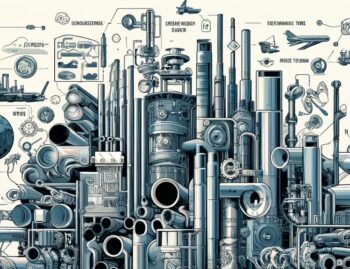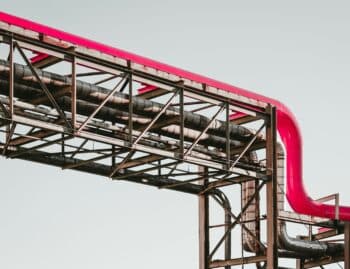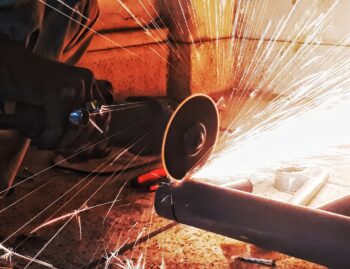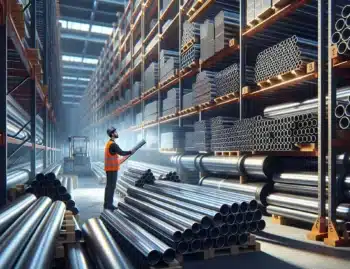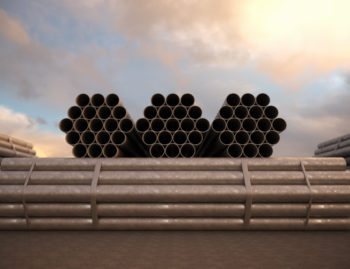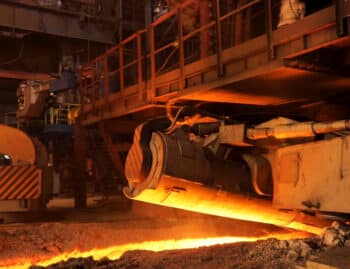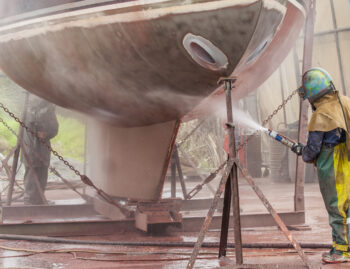Steel Demand
The American Steel Industry has been affected dramatically by the overall worldwide decrease of steel demand in 2016 by 0.8 percent. Although the demand dropped significantly, the World Steel Association predicts a strong job market and a growing house sector that will increase the demand for steel internally in the U.S. by 2.17 percent in 2017. The automotive sector also will most likely show an increase, as manufacturing rates have doubled. The US economy has shown steady growth but overall steel demand in the United States of America is having difficultly increasing due to a strong dollar and falling oil prices.
Steel Prices

Steel Prices
America will continue to see a high demand for steel as many private american aerospace companies, have begun to expand and the need for specialized steel products has increased immensely. Steel is a global community that affects the United States Steel industry, and is a global commodity, which means the price of steel varies on a daily basis. Prices are affected by several factors, such as natural disasters, the strength of the American dollar, and general condition of the world economy. All of these factors combined form the basic economic principles: supply and demand. With the overall housing and construction sectors increasing in America, as well as the US automotive industry steel demand rising, the price of steel has been forecast to steadily increase for consumers.
American Steel Price Factors
Primarily the overall condition of the steel industry can be connected to the rate of steel production in China. China has a massive infrastructure and because of this, it has significantly increased steel production for a decade or more. This increase in production has resulted in fluctuated steel prices that have hurt the prices of steel in the United States. Low priced steel from China has always affected the Untied States and other markets, and Chinese officials are stating they will decrease steel production by 165 million tons by the year 2020. This will be a 20% decrease in steel production by the worlds leading producer of steel. These changes will benefit the United States Steel industry by increasing the demand for cheaper steel to be produced in America instead of being bought and imported from China.
Steel for American Consumers
Reports and statements from Chinese officials saying the overall decrease of production from China by 20% by the year 2020, means great news for American steel manufacturing companies, but not the best news for the American consumer. Because China is decreasing its overall steel production, this means the American consumer will have to pay more for steel as the supply for steel decreases and the demand steadily increase and could affect the U.S. economy in a negative way.
Steel and Employment
American Steel manufacturing companies have cut costs because of the increase in Chinese production for the last decade, and drastically reduced its work forces between 2015-2016. As steel prices begin to rise, steel manufacturing companies will gradually being rehiring towards the end of 2017.


